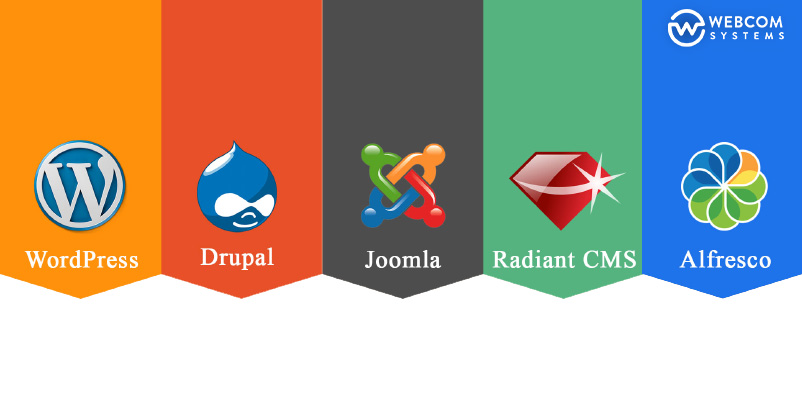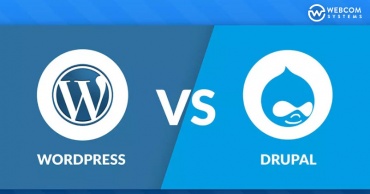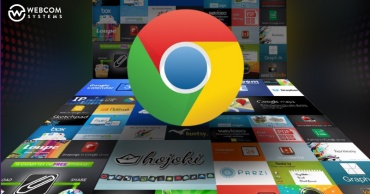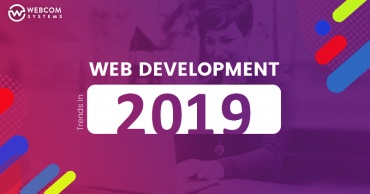There are a plethora of choices when it reaches to choosing a content management system(CMS) for a development project.
Depending on how high-level you require the CMS to be, what language it’s made in, and who is continuing to be using it, it can be a bad dream seeking to obtain the “ideal” CMS for a project.
However, some CMSs have a small edge over the rest of the competition because of the usability of the software.
The virtue of a Content Management System (CMS) is the capacity to manage content, functionality and also layout via an easy-to-use UI.
Everybody from the smallest bloggers all the way to the largest companies practices any CMS because of how they untangle site management.
On the other hand, some of these CMS’s can be true resource hogs. Weighed down with extensive amounts of code and massive databases, they can be a little of destruction for a primary site on shared hosting.
The great news is that there are some good choices to generally-used platforms like WordPress, Joomla! Or Drupal. Let’s take a glimpse at a collection of innovative systems that are daring the idea of what a CMS has to be.
#1. Pico
Pico is a flat file CMS that needs to do web maintenance as simple as “editing a text file.” It’s the ideal option for those who don’t desire to jumble throughout with a back end (in reality, Pico doesn’t have one). Rather, content is managed by Markdown.
The method literally is like writing a basic text file – even a posts’ Meta information is configured that way. Themes are produced using Twig, and there are also a few essential plugins available.
This system is clearly intended for a niche audience – but it’s fascinating nonetheless. The approach to content management is much diverse than what you’d anticipate from a new CMS.
#2. October
October is established on the Laravel PHP framework and strives to be both straightforward and modular. The back end is pretty nominal, with only some fundamental and impulsive features.
Where October truly shines, though, is its use of Markup to manipulate templates.
While the system uses Twig, it has also expanded that language with things that correlate directly to the CMS. For example, you can quickly add different AJAX Components, which add useful functionality to just the pages you want.
This allows you to minimize the presence of unused code on your pages. You’ll also get a beautiful compilation of open and paid plugins and themes. Pages, Layouts and code snippets (called Partials) are saved as .htm files. October brings an interesting and unique approach to both the process of building a website and content creation.
#3. Post leaf
Postleaf is a free, open source CMS that works on Node.js. This system works amazingly fast. Entering on items in the admin demo provides an almost instant loading of posts, settings, etc.
It highlights inline editing that actually lets you examine what your page looks like as you do changes.
Supporting mobile with your design is made simpler because the system automatically serves up optimized pictures sized appropriately for the user’s device. Full site backups composed of a single JSON file – positively an added service.
#4. Grav
Grav is a flat-file CMS, which suggests you don’t want a database. It only needs PHP to run. Just upload the files, and you’re up and going with speed.
One of the modern features of Grav is that it, like other common CMS, can manage plugins and themes which can be reliably updated.
You’ll also get some compelling features like the capability to build custom fields, generate unlimited taxonomies, a smart caching system and command-line tools.
Themes are simple to customize and use the Twig template language. Another bizarre feature is that Grav’s admin area is a plugin – indicating you don’t have to install it if you don’t require to. Who told flat-file programs aren’t flexible?
#5. Pagekit
Pagekit is established on Vue.js, which implies it’s pretty fast. Its use of Symfony Components indicates that the system architecture is both modular and extendable.
The admin area is engaging and composed of customizable widgets. Building content is made simpler with an added HTML & Markdown editor with the facility to preview changes in real-time.
Managing content, menus and widgets is an easy drag-and-drop affair. User permissions can be set to allow team members access to only the areas they need.
There’s also an excellent Marketplace, with a variety of Themes and Extensions you can practice to obtain the most of your site. Want to build your own theme? Pagekit helps that as well, with the advice of the UIkit framework.
Other Management Systems:
The systems preceding are relishing evidence that there are certainly certain options to the prominent name CMS’s out there.
Some are intended to solve a niche query, while others can be a fit for just about any type of site. Possibly the excellent part is that they all endeavour to bypass so much of the bloat that we see with the market leaders.
All of these systems are free, self-hosted and worth a look. Take a chunk of time to research and see if one might be suitable for your next project.
Recommended Read: 8 Amazing Web Design Trends for 2017




